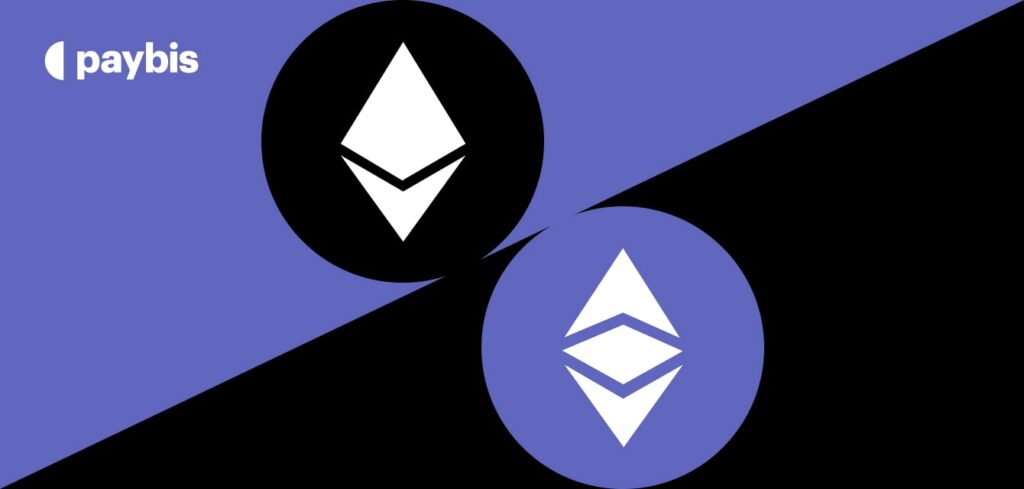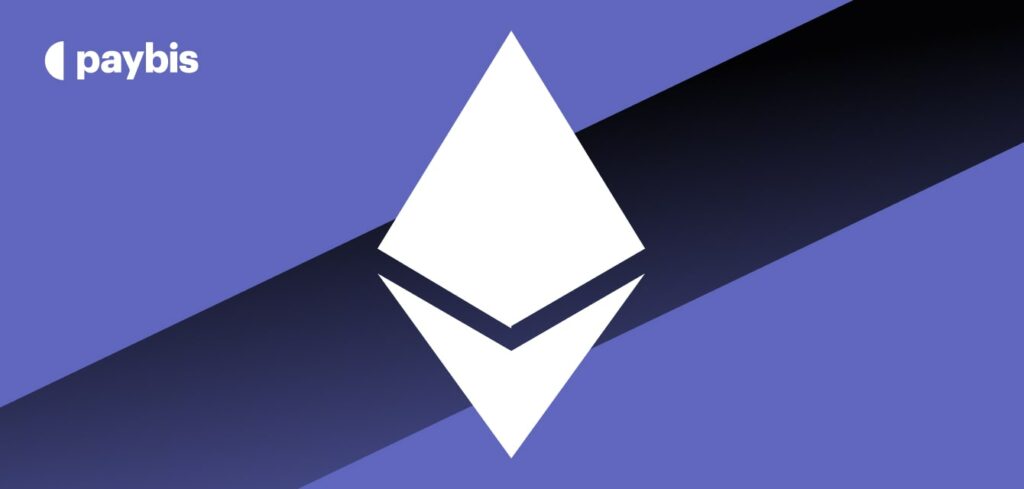ERC-721
The ERC-721, also called Ethereum Request for Comments 721, is a major part of the Ethereum ecosystem that enables developers to form non-fungible tokens (NFTs) themselves.
Table of contents
What is ERC-721?
The distinctive trait that these NFTs have, as opposed to fungible ones like cryptocurrencies, is that they are one-off, implying that with these coins, one can’t be exchanged for another token on a one-to-one basis. This means that no two pieces of art on the Ethereum blockchain will ever be alike, and there is no other art like them.
How Does ERC-721 work?
The ERC-721 describes what features and functions developers should use if they want to create their own NFTs on the Ethereum platform.
Smart Contracts
These smart contracts are self-executing agreements where the terms of the contract are directly written into its lines of code. Each ERC-721 token has its own unique identifier inside these smart contracts.
Token Uniqueness
Every single token among all ERC-721 tokens possesses an identification number, which makes it different from all others out there in the market. This ID number, together with the contract address, ensures uniqueness on the blockchain.
Ownership and Transferability:
One Ethereum address can own ERC-721 tokens, and these ERC-721 tokens can be passed/transferred from one address to another. Some of the functions in this standard are balanceOf, ownerOf, and transferFrom which help in managing token ownership as well as transfer.
Metadata
An ERC-721 contains metadata that provides information about the asset it represents, such as a description, picture, or link to other data. This metadata is typically stored off-chain, but it’s also tied to the token through a unique ID.
Interoperability
All tokens created using ERC-721 are identifiable and intractable by other applications, smart contracts, and wallets that support the ERC-721 standard since it’s an established standard for being widely adopted NFTs that require interoperability.
Applications of ERC-721
ERC-721 tokens are commonly used in different sectors, especially where the uniqueness of something and confirmation of ownership is crucial.
Digital Art and Collectibles
The creation of digital art or collectibles is one of the most common uses for ERC-721 tokens. To sell, trade, or auction unique digital pieces on a blockchain, artists can tokenize their work as ERC-721 tokens.
OpenSea, Rarible, and Foundation are some popular marketplaces for buying these NFTs. On a blockchain, each token represents a particular piece of art or collectible, with the ownership and provenance transparently recorded.
Gaming
In-game assets such as characters, skins, weapons, and virtual land, for example, are made up of unique ERC-721 tokens. Players can own, trade, or sell these properties, giving life to an economy of real-world worth within the game itself.
Notable examples include games like CryptoKitties where players breed and collect unique digital cats, and Decentraland, which is a virtual world where players buy, sell, or build virtual land parcels.
Real Estate
The use of ERC-721 tokens is being tested for representing the ownership rights of physical assets such as real estate holdings. Fractionalizing assets, reducing transaction costs associated with these properties through tokenization technology, and making it easier to transfer ownership are some advantages gained from tokenizing real estate properties. By having each property or part of a property represented by a unique ERC-721 token, it becomes possible to deal with real estate without going through chain intermediaries.
Identity and Certifications
One other application for ERC-721 tokens is representing identity and certifications. For example, diplomas, licenses, or other certification documents may be issued as ERC-721 tokens, which means that they cannot be altered or manipulated but remain uniquely associated with their owners at all times.
Advantages of ERC-721
Several advantages have contributed to the popularity of ERC-721 tokens. Here’s a list of the main ones:
- Proof of ownership. To demonstrate ownership, an ERC-721 token’s details are recorded in the blockchain and cannot be contested. This aspect has a lot of value attached to it, particularly in the market for digital art, where provenance is highly significant.
- Interoperability. Tokens established under this standard can easily be identified and bought or sold on various platforms, wallets, and applications by being created using an ERC-721 standard. Such interoperability is vital for NFTs to scale up and become widely accepted.
- Immutability. Once an ERC-721 token is created, it can’t be altered. Immutability in this case adds more confidence to the artist and the buyer that their works will not be undervalued by any means.
The decentralized Ethereum blockchain supports the ERC-721 tokens and is globally accessible without any intermediaries.
FAQ
What is an ERC-721 token?
An NFT on the Ethereum blockchain is an ERC-721 token that represents a unique asset and cannot be exchanged for other coins.
How does ERC-721 differ from ERC-20?
ERC-721 represents an NFT with unique assets. In contrast, ERC-20 defines fungible tokens that are identical and interchangeable.
Can ERC-721 tokens be divided or fractionalized?
Usually, these kinds of assets cannot be split into smaller fractions and are indivisible. However, few platforms may consider fractional ownership models where many users can own some percentage of the NFTs.
Disclaimer: Don’t invest unless you’re prepared to lose all the money you invest. This is a high‑risk investment and you should not expect to be protected if something goes wrong. Take 2 mins to learn more at: https://go.payb.is/FCA-Info


![12 Best Ethereum Miners for Maximum Profits [Updated After ‘The Merge’]](https://paybis.com/blog/wp-content/uploads/2019/10/Blog-1340x640-Best-Ethereum-Miners-1024x489.jpg)